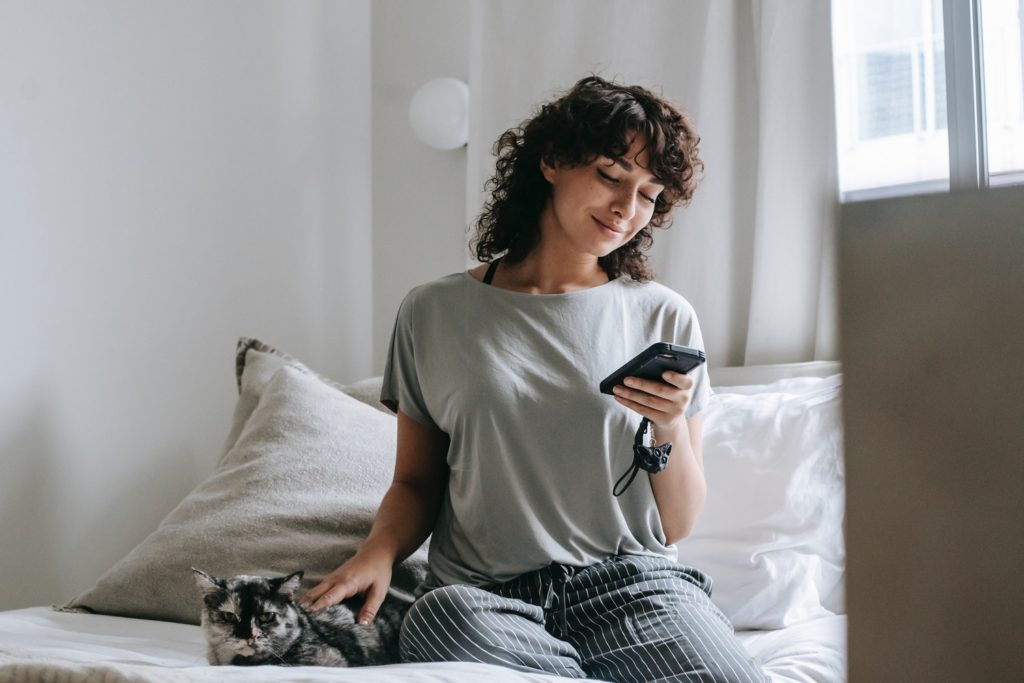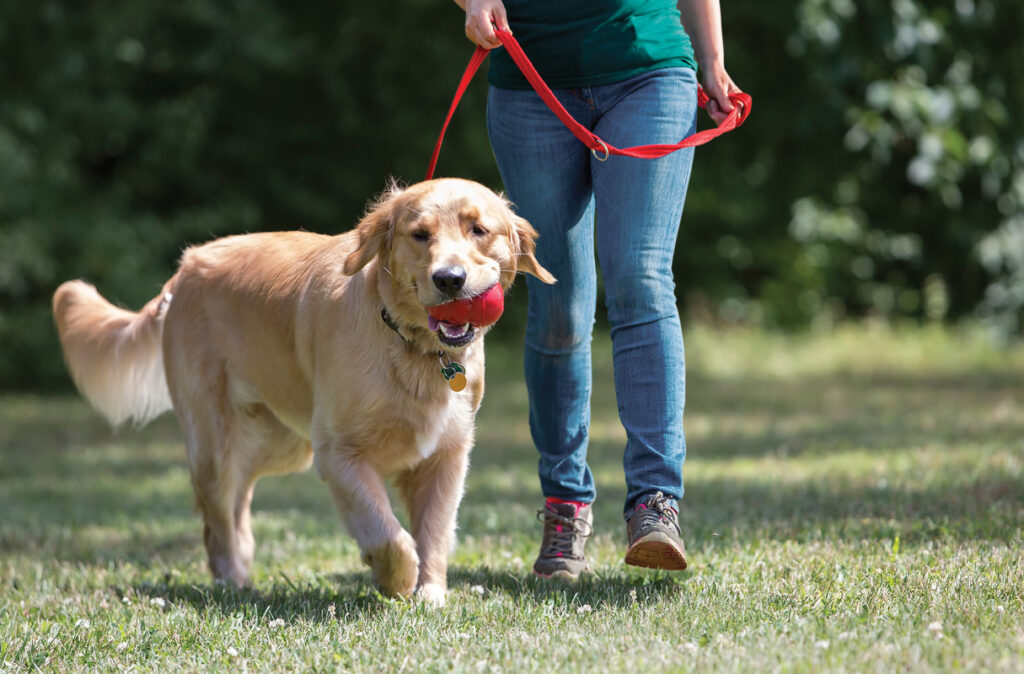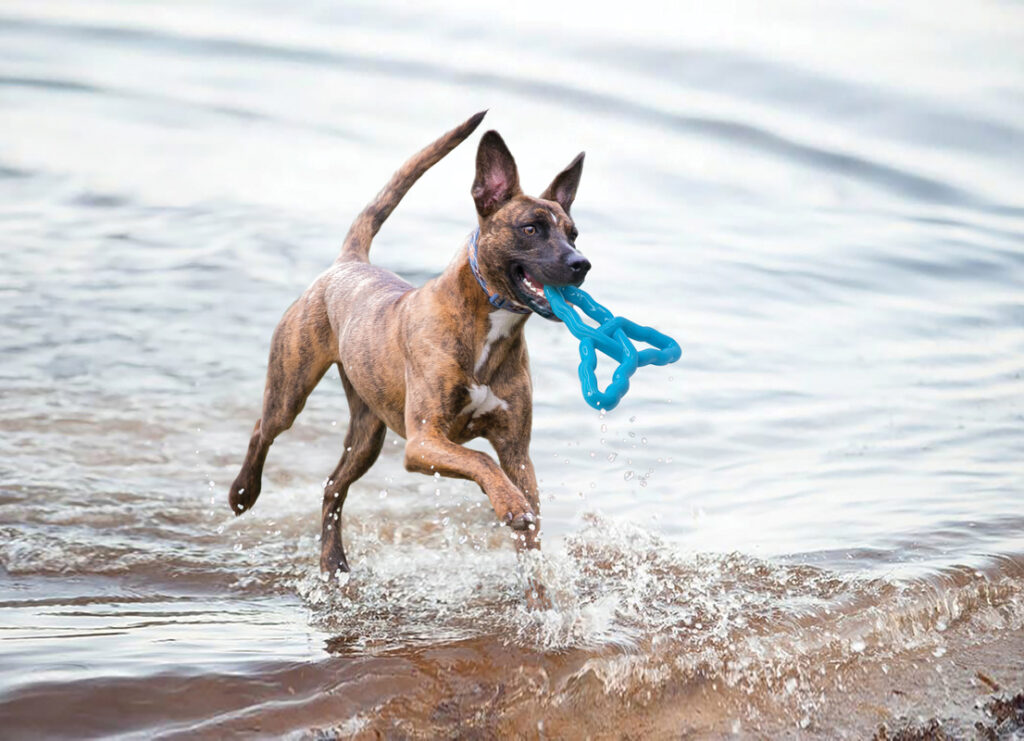When it comes to cats, we love giving our fluffy feline friends physical attention in the form of head scratches and back rubs. We listen for that tell-tale sign of enjoyment from our cats, purring. When our cat is purring, they are showing that they are enjoying the physical attention we are offering them.
We know that our kitties can be a little temperamental at times, and if they are not enjoying the way they are being petted or the area, they’ll be sure to let you know with a hiss or a swipe of a paw.
Being a pet parent involves wanting to keep our pets feeling content and loved. Let’s chat about where cats like to be scratched and why — so you can keep your cat purring all day.
Where Do Cats Like To Be Pet?
Cats can sometimes be hard to read, but we have a good idea of where they may enjoy most and why. You may have noticed that cats tend to rub their faces on your leg, or maybe on furniture.
This is because there are scent glands in cats’ faces that allow them to leave their scent behind to claim their territory, and your cat actually going through the motions of leaving their scent is called bunting.
Your cat is sweetly showing you affection when they bunt on you. Not only do they get a good scratching session for their cheeks, chin, and neck but they also get to deposit their scent on you. They are telling other cats that you are their human.
If your cat isn’t down for chin scratchies, try their backs. Try various petting pressures or scratching as opposed to petting to see which your cat prefers. Cats love being scratched on their rump in front of their tail; it’s a hard spot for them to reach by themselves.
Purr-fect Petting Signs
Your cat will give you optimal feedback when you are giving your cat the ultimate petting experience. If your cat is enjoying the way you are petting them, they will show a few signs. The first and most recognizable is purring. Cats purr to show that they are in a state of contentment and as a self-soothing mechanism.
If your cat is lying on their tummy, and you are giving head or neck scratches, your cat may show they are enjoying this by kneading their paws. This action is also affectionately known as “making biscuits.” Additionally, you’ll find that if you pause while petting, your cat may gently nudge you like a hint to keep the petting going.
If you really hit the right spot, maybe you’ll get the double effect of purring and “making biscuits.” An adorable moment for sure!
When To Stop Petting Your Cat
Sometimes cat parents need to press “paws” on the pets.
Your cat may not enjoy how you are petting them, and they will be sure to keep you updated. If your cat’s ears are flat against their head, or if they are moving their head away from you, they are showing that they do not care for this petting session.
You may find that your cat will show these signs when you pet them on their tummy or tail. The hair follicles in these areas can be very sensitive, and your cat may feel a little too overwhelmed if you are petting them in this area. Cat whiskers are very sensitive and prone to fatigue and irritation, so watch out for those too.
All cats are different, and it may take a little experimenting on your part to find that “purr-fect” spot that your cat enjoys. Your cat may also show that they have reached their petting quota for the day.
If your cat changes positions or starts to distance themselves from you, they are just letting you know that they have reached their petting fill for the moment. Of course, they still love you but be sure to give your cat the space they want so they continue to come to you when they want pets.
How To Bond With Your Cat
While it is always nice to sit and pet your cat for a spell, there are different ways of showing your cat affection. One way is to brush your cat. Although our kitties can usually take care of themselves in the grooming department, we can help them out with a little brushing.
By offering extra brushing, you can help keep extra hairballs at bay and reduce the amount of shedding around your home. Your cat will also love the extra grooming, and this can be a way to bond with each other.
Offering new and engaging toys is another way to show your cat affection. Your cat loves to nap, but they also love to play. By offering different outlets of focus and mental stimulation, your cat will have the motivation to exercise their mind and body more.
It might be unpleasant when you pet your cat’s belly and they attack your hand, but it’s really the lion inside of them. Our domestic feline friends descended from wild cats. KONG toys can help with your cats’ instincts.
This will prevent them from getting too bored, which can manifest into anxiety when separated from you or even participating in destructive behaviors, like scratching up furniture or knocking down breakables. Playing with your cat is also a fun pastime, and we love to see our kitties get excited and zoom around.
KONG Club: A PAWSitive Treat for You and Your Cat
Being a member of the KONG Club gives you access to the KONG Clubhouse, and you can read up on stories that other pet parents have shared.
If you are having trouble with your cat responding to your pets and scratches, you can chat with vets and cat behavioral experts within the app for advice.
The best part about being a member of the KONG Club is that you have helpful experts right at your fingertips, 24 hours a day, seven days a week. Treat your cat and treat yourself by becoming a member!
Sources:
Why do cats purr? | New Scientist
Feline Scent-Marking: Cat Communication | TexVetPets



